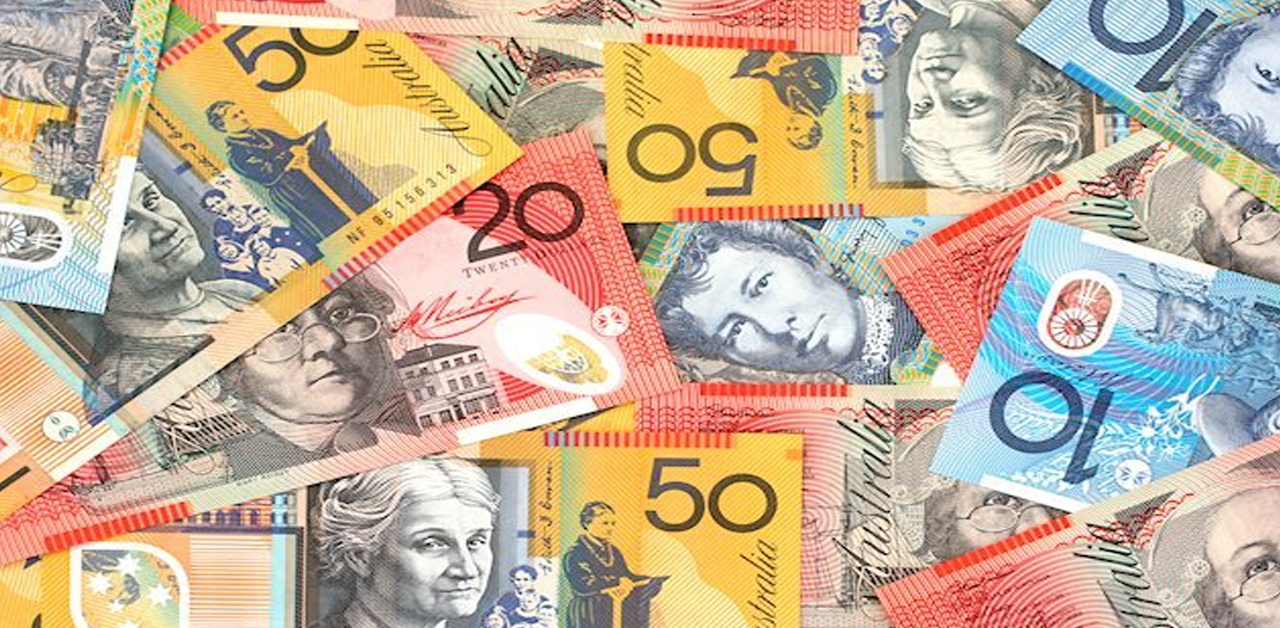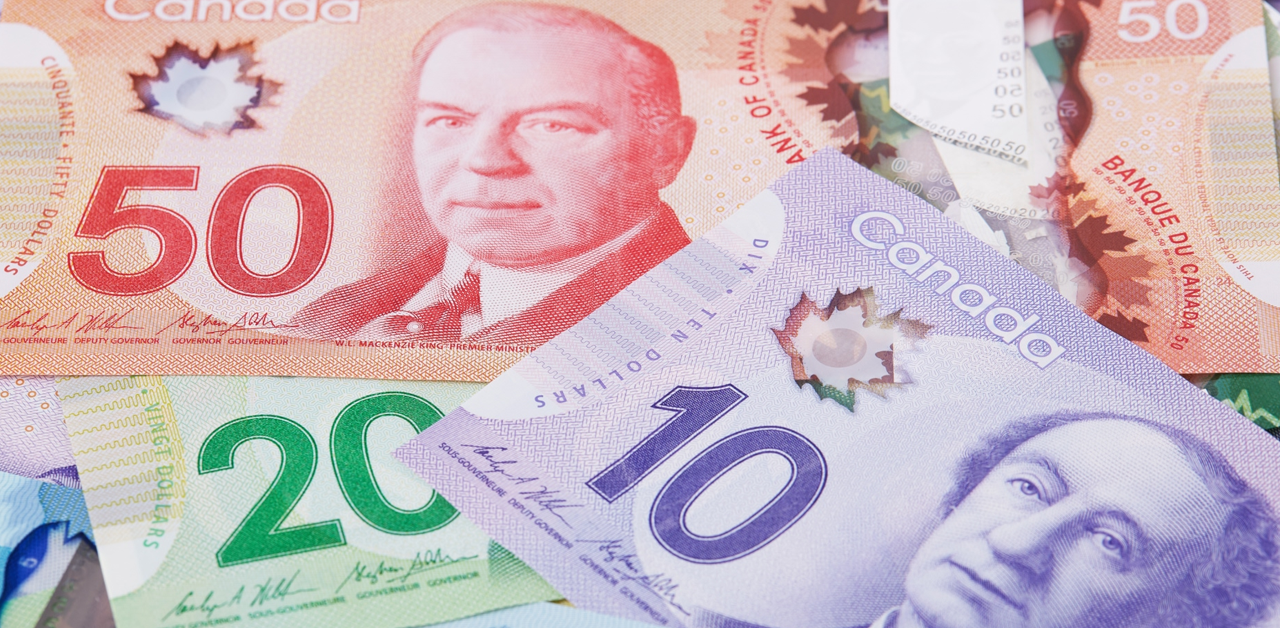USD/CAD Drops Below 1.3400 Amid Weak Dollar and Rising Oil Prices, Awaiting US PMI Data
In recent sessions, the USD/CAD currency pair has continued its downward trajectory for the third consecutive day. The pair was seen hovering around the 1.3390 mark during Friday’s Asian trading hours. The depreciation of the pair is largely due to the softening of the US Dollar, which is reflected in the lowered US Treasury yields, raising concerns among investors and market analysts alike.
The softened Dollar comes as market participants eagerly await the scheduled appearance of the Bank of Canada (BoC) Governor Tiff Macklem. This highly anticipated event is expected to shed light on the Canadian economic outlook and monetary policy, potentially imparting significant movement in the currency markets. Investors are poised to parse through Governor Macklem’s discourse for any nuanced insights that could signal future policy directions and economic health.
In tandem with these events, the price of West Texas Intermediate (WTI) oil has been trading at approximately $72.30 per barrel. The upswing in oil prices is propelled by the projected demand for the commodity in the year 2024, coupled with the present weakness of the US Dollar. Canada’s role as a preeminent oil exporter to the United States accentuates the correlation between WTI price dynamics and the strength of the Canadian Dollar (CAD). The uptick in oil prices is likely to bolster the CAD, offering it support in its exchange rate against the USD.
The US Dollar Index (DXY), a significant indicator of the US Dollar’s strength against a basket of foreign currencies, has experienced a dip to a four-month nadir, clocking in at 101.77, and was trading around 101.90 at the time of reporting. This decline follows the Federal Open Market Committee (FOMC) statement, wherein the Federal Reserve (Fed) exhibited a cautious stance on interest rate hikes. The possibility of a more lenient monetary policy approach in the year 2024 has also amplified the Dollar’s current feebleness, commonly referred to as the weakness in the ‘Greenback.’
Interestingly, this downward pressure on the USD persists despite the United States reporting more favorable-than-expected economic figures. Retail Sales in November saw a 0.3% month-over-month increase, defying the predicted 0.1% drop. Similarly, Initial Jobless Claims stood at 202K, which was better than the 220K forecasted. Nevertheless, the support for the Greenback remains restrained, likely due to broader economic concerns and market sentiment.
Looking forward, the financial markets are poised to closely monitor the release of the S&P Global Purchasing Managers Index (PMI) data. This indicator is pivotal as it provides a timely barometer of economic health, particularly in the manufacturing and service sectors. Positive PMI data could offer the US Dollar a much-needed impetus, possibly reversing the recent bearish trend. Conversely, any disappointment in the figures could further entrench the current patterns observed in the USD/CAD exchange rate. With the economic calendar brimming with potential market catalysts, traders and investors alike remain vigilant, ready to navigate the ever-shifting currents of the forex market.











